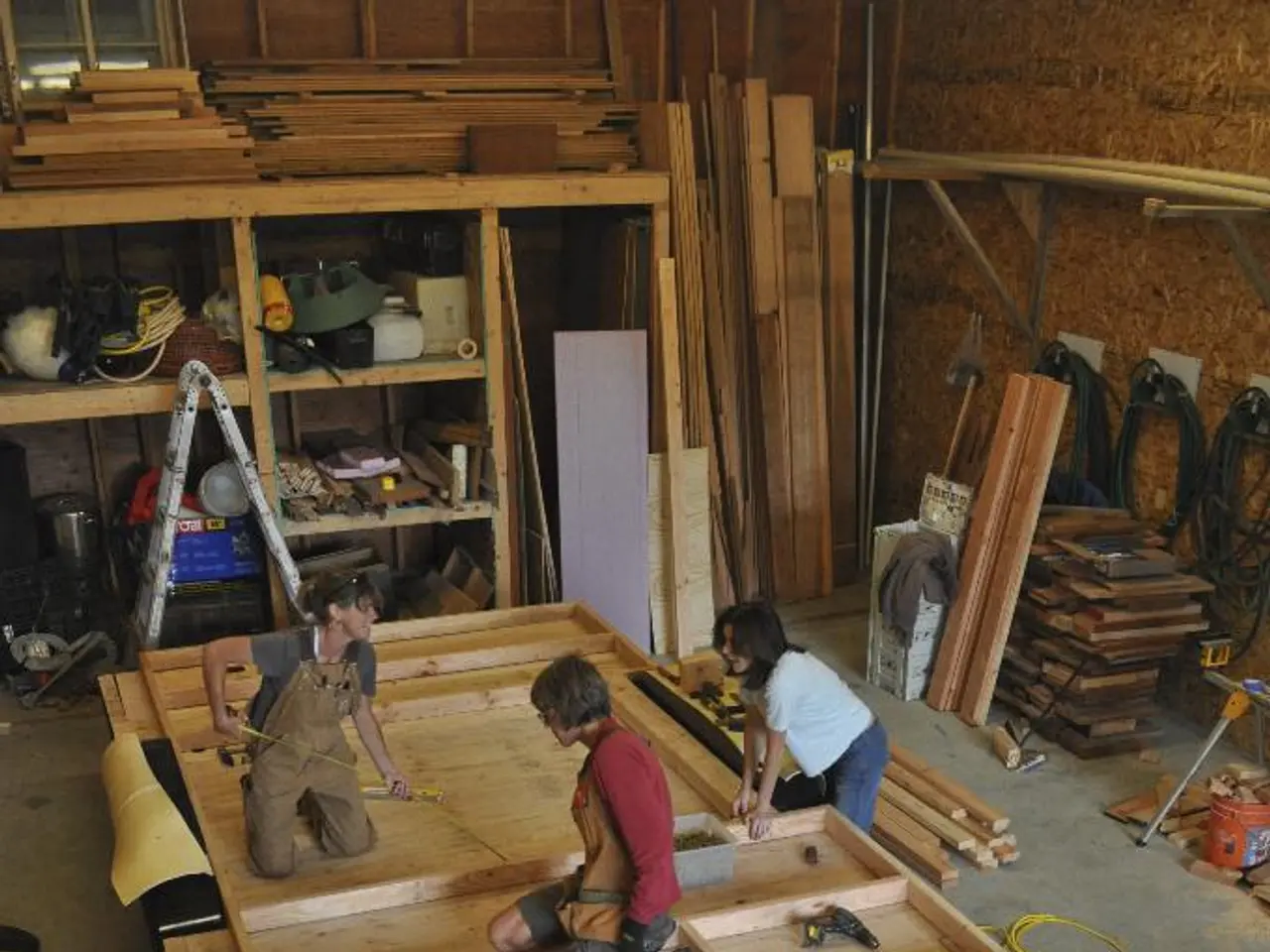IKEA Expands Presence in India with New Store and Growth Strategy
IKEA initiates 50% local sourcing with the unveiling of its Delhi store, India
IKEA India is embarking on a significant expansion phase, marking a "second wave" of growth. The Swedish furniture giant is planning to introduce four to six new customer touchpoints annually, accelerating its previous pace of opening one store every year or two.
This expansion strategy includes a mix of traditional large (Blue Box) stores, city stores, and smaller format stores, with some ranging from 2,000 to 5,000 square feet. The diversification aims to increase market penetration and reach more consumers.
The company will focus its expansion efforts on six states where IKEA has established a strong supply chain. IKEA is also enhancing its online presence, with around 30% of sales currently coming through digital channels.
In a bid to boost local sourcing from the current 30% to 50% by 2030, IKEA is focusing on furniture production within India, investing in a robust logistics network, and establishing low-cost operations for logistics and fulfillment. The company aims to provide more affordable products to more people.
IKEA's new store in Delhi, a 15,000 sq. ft. city-format outlet at Pacific Mall, Tagore Garden, is the first physical store in the city for the furniture giant. The store offers a variety of home furnishing products for immediate takeaway, with around 800 products available for purchase. Larger items can be ordered online for home delivery, integrating physical and digital shopping experiences.
The store includes digital planning tools, interior advice services, and the brand's Swedish Cafe. Customer satisfaction levels in India are among the highest for IKEA globally. IKEA India's new CEO, Patrick Antoni, has signalled a significant ramp-up in operations.
Building a sustainable raw material ecosystem is a focus for IKEA in India. The company aims to provide more affordable products to more people while maintaining its commitment to sustainability.
IKEA's strategy in India includes e-commerce, large-format experience stores, smaller city outlets, and specialised Plan and Order Points. The company has already begun development on two large-format stores in Gurgaon and Noida. The expansion is part of IKEA's long-term investment in the Indian market.
Despite a 5% revenue rise last year, the company's losses widened due to its long-term investment model in new markets. However, IKEA remains committed to its expansion in India and aims to continue providing high-quality, affordable, and sustainable home furnishing solutions to Indian consumers.
- IKEA's growth strategy in India, exemplified by the introduction of e-commerce and smaller city outlets, represents a blend of traditional and modern retail approaches, merging finance and technology to enhance lifestyle choices for consumers.
- With a focus on local sourcing and furniture production within India, IKEA is initiating investments in a robust logistics network and low-cost operations, aiming to increase defi and provide affordable products to a larger demographic while maintaining a commitment to sustainability.
- As part of its long-term investment in the Indian market, IKEA is expanding into sports and leisure spaces, incorporating facilities such as play areas and kitchen demonstrations within its stores, ensuring a holistic shopping experience that caters to diverse consumer preferences.




